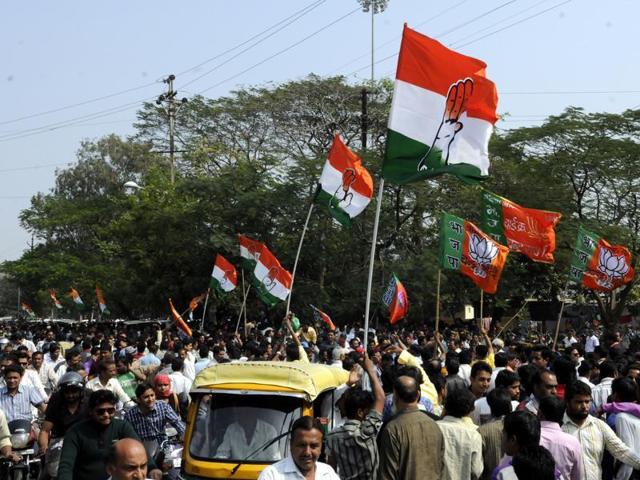In Indian politics, history is still what it used to be
The NDA has got it in Bihar and in a manner that’s much worse than what had happened to the UPA in 2005 or 2010. And judging by the way it has slipped up on matters concerning the Dalits and issues such as reservations.
‘“History shows,” begins the bore at the club’. This is the irritation the great economist Lionel Robbins had expressed in his book The Nature and Significance of Economic Science while describing how economists and commentators had the bad habit of seeing a pre-set connection between any two sets of economic variables whenever they revealed comparable outcomes. Hence the aplomb with which they could congratulate themselves by saying ‘history shows’.

As with Robbins’ economists, so with Indian political commentators, and maybe so with those in charge of our governance too. There is a lot for the bores to gorge upon.
What does history show about the first 18-24 months of the three successive central governments in India — UPA 1, UPA 2 and the current NDA? Cut the grandiloquence of the political stalwarts and it is practically the same story. UPA 1 looked better than UPA 2 and even better than the current NDA because the growth upswing had started. UPA 2 had the 2008 recession to blame for the slowing growth and even price rise in the same way the present dispensation is blaming events occurring outside India for slowing industrial growth, falling exports and the stock market doldrums.
Come to politics and here too there is a parallel. It is that the success in the Lok Sabha election meant little for the ruling dispensations at the Centre other than victories in the Haryana and Maharashtra elections for the ruling alliance in each of the three years — 2004, 2009 and 2014. There too, the performance of the ruling alliance in the state elections was invariably inferior to that in the Lok Sabha polls, signalling the end of a golden run.
Both UPA 1 and UPA 2 got a drubbing in Bihar and UP. The NDA has got it in Bihar and in a manner that’s much worse than what had happened to the UPA in 2005 or 2010. And judging by the way it has slipped up on matters concerning the Dalits and issues such as reservations, UP will be an uphill struggle for the NDA, as it squares up to a resurgent Mayawati, a regrouping Mulayam and a Congress that has only one direction to go, up.
Subsequent to that, both UPA 1 and UPA 2 won sporadic victories and in the same proportion suffered losses. UPA 1 lost Karnataka, Uttarakhand and Himachal Pradesh but it could retain power at the Centre. UPA 2 won emphatically in all the three states but was mauled in the 2014 Lok Sabha elections. If truth be told, after its first three years, UPA 1 distinctly looked vulnerable and that probably was the force behind the loan waiver in the Budget of 2008.
Despite having the aam aadmi plank in 2004, it was UPA 1 that had brought about the Fiscal Responsibility and Budget Management Bill, which is now a forgotten entity. The NDA has so far been committed to fiscal rectitude, but for how long can it remain so? Will it stand its ground even if it faces defeats, which would give the Opposition a lever to start an orchestrated campaign that low social spending was hitting the poor hard?
And if UPA 2 had its Anna Hazare, the NDA has had enough moral opprobrium thrown at it by those who returned state awards and the embarrassment arising out of the Rohith Vemula episode. If UPA 2 had its Adarsh after a year’s rule, the NDA its Lalit Modi, also after a year’s rule. The degree of culpability on the part of individuals will never be accurately known, but in people’s consciousness one will always be knocking against the other. Like which was worse — Delhi 1984 or Gujarat 2002?
Terrorism is a thread running through all the three dispensations.
So what is the upshot of this discussion? It is that all the three have looked a bit vulnerable after 18-24 months. And those are shared vulnerabilities.
History is never a guide in predicting which party will win in UP next year. But history is certainly a factor in forming people’s perceptions. That takes time. History has no immediate answer to anything. What it shows, of course, is a good monologue-starter for the bore at the club.





